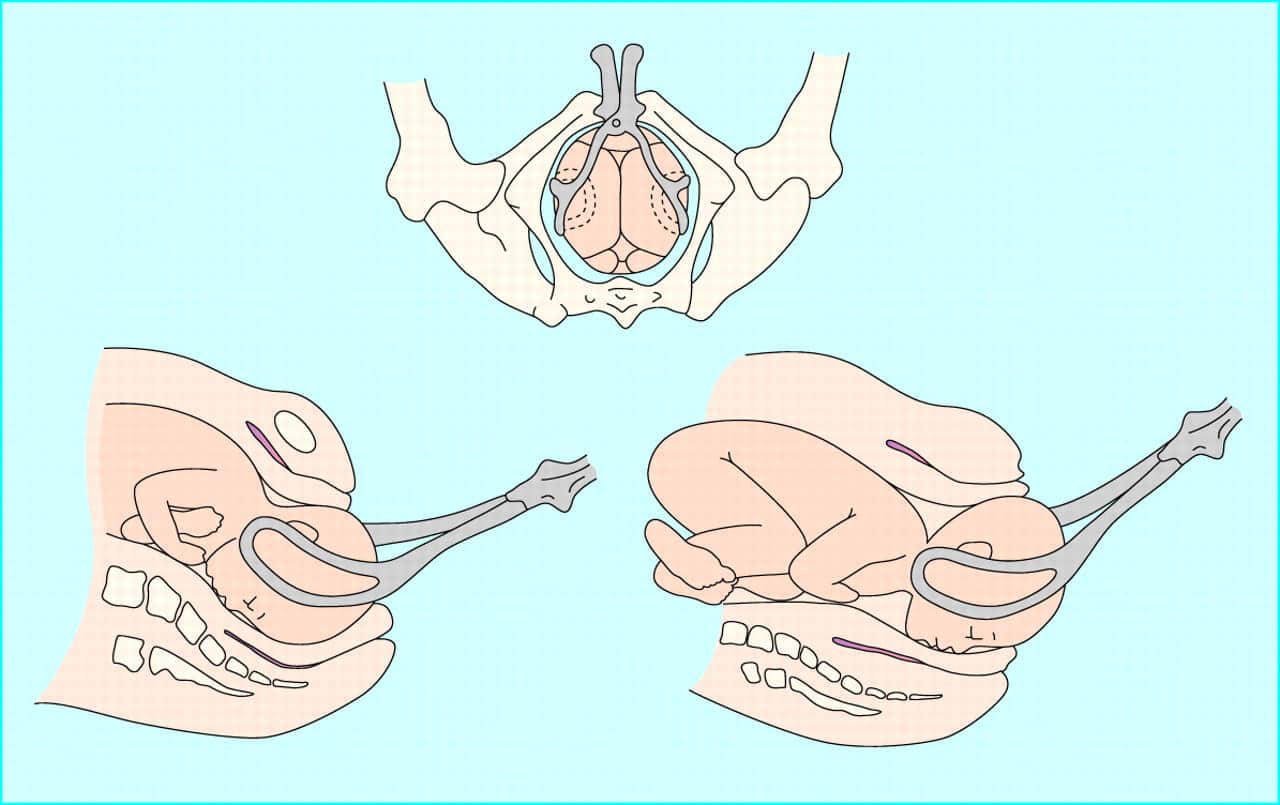
New Study Shows that 1 in 4 Forceps Deliveries Cause Trauma to Mothers and Babies
A recently published study of over two million one-baby deliveries conducted by the Canadian Medical Association Journal has revealed that, between 2004 and 2014, the rate of birth injuries involving forceps delivery has sharply increased from a rate of 19.4 percent in first-time mothers in 2004 to 26.5 percent in 2014.
The news comes in light of a recent trend in the medical community to favor “operative” vaginal deliveries (such as forceps or vacuum-assisted births) as an alternative to C-section births, which now make up roughly one-third of all deliveries. The rise in C-section births over the past few decades has given rise to the belief that, when labor is no longer safe for the mother or the baby, the use of tools in a vaginal delivery can result in a safer delivery.
Statistical Analysis of Tool-Assisted Births
However, the study’s lead author, Giulia Muraca, reports that “every one percent increase in the forceps and vacuum delivery rate could mean 700 extra cases of trauma to women alone, among first time mothers alone.”
In addition to the rate of trauma to first-time mothers, rates of trauma among women who opt for an assisted vaginal delivery after a previous C-section birth saw a similar increase from 17 percent to 26.5 percent during the study, while the rate of trauma to babies among first-time mothers increased from 4.5 to 6.8 per 1,000 deliveries.
In forceps-assisted deliveries, the most common injuries to mothers were third and fourth-degree perineal tears, while the most common (although less frequent) injuries to babies included brachial plexus injury (damage to the spinal nerves which affects arm motion).
The sharp increase in forceps delivery birth injury to both mothers and babies alike has worried medical professionals about a decline in procedure safety and a continuing rise in birth injuries to mothers and babies, citing a 2007 study which found that only about half of the graduates of a U.S. residency program felt competent using forceps in an assisted vaginal delivery.
Lack of Training for Forceps Delivery?
“When I put my forceps on I’m 99 per cent sure I can get this baby out,” said Dr. Christopher Ng, who wrote a related commentary to Muraca’s study. “A lot of OBs (obstetricians) will actually favour forceps because they know they can get the baby out.”
However, Ng also acknowledges that the increasing rate of C-section deliveries has resulted in a decline in proper training for forceps-assisted deliveries, and how this can pose an immense danger of birth injury in the future: “…we run the real risk of having the skills for operative vaginal delivery wither as a result of the difficulty in training future providers.”
A Voice for Injured Children
BILA was created to advocate for parents and children who have suffered preventable birth injuries. The members of BILA have dedicated their practices to the fight towards safer birth and delivery practices. If your child has suffered a birth injury related to an operative vaginal delivery, such as forceps delivery, we invite you to contact us to discuss your case with one of our alliance members.
With members across the country, we know that together, we can create a safer environment for mothers and babies alike.
* image courtesy of bmj.com

Toronto birth injury lawyer Charles Gluckstein was appointed President of the Ontario Trial Lawyers’ Association from 2013-2014. Since 2014, Best Lawyers® International has consistently recognized him as a leader in the personal injury field. In 2014 he was awarded the LEXPERT Zenith Award for Leading Personal Injury Lawyer in Practice Excellence, in recognition of thought leadership and the setting of new standards for the Personal Injury Bar. In its annual publication, the Canadian Legal LEXPERT® Directory has listed Charles as being repeatedly recommended by his peers in the area of personal injury for the Toronto region.
